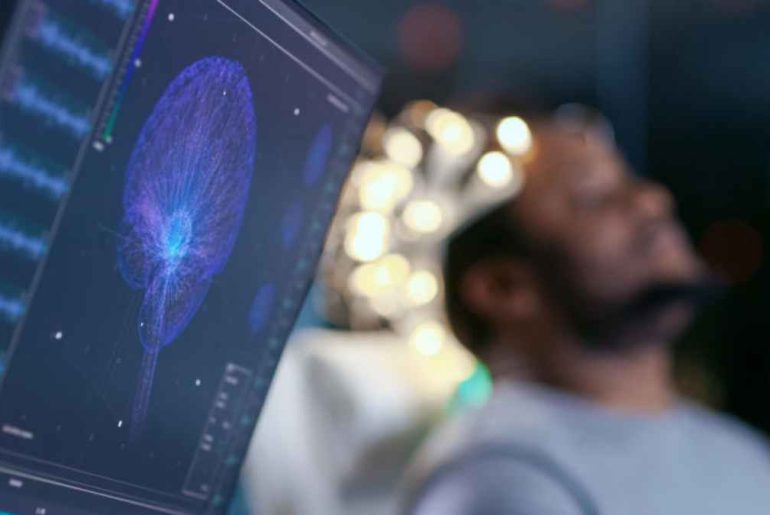Brain damage, aneurysms, and severe strokes require prompt treatment for the best results. Neurocritical care offers 24/7 tailored and supervised therapies and emergency assistance to assist you in recovering from significant neurological diseases. Oxnard neurocritical care specialists collaborate with neurologists and neurosurgeons to treat various neurological disorders.
Neurocritical care services include:
1. Monitoring of intracranial pressure
Controlling cranial pressure is essential following a brain injury, aneurysm, or major stroke to avoid additional damage, coma, or death. Your skull is opened up, and a small tube known as a catheter is put into your brain to monitor the pressure and remove fluid from the area if the pressure gets too high.
2. Respiratory support
Your blood and brain need enough oxygen to sustain neurological health. If levels are low, you could require ventilator support or oxygen treatment for breathing support. You may need to have tiny tubes put into your nose or wear a mask over your mouth and nose while receiving oxygen therapy. These tubes are connected to a tank that pumps oxygen-rich air straight into your lungs, allowing you to absorb more oxygen than you normally would.
A ventilator can help with your breathing by pumping oxygen-rich blood into your airways and alleviating the effort of manual breathing. A ventilator can help through a tracheostomy or endotracheal intubation. A tracheostomy is the best option for patients requiring prolonged breathing assistance. Through a neck incision, a tube is inserted into your trachea. A tube can be inserted into your trachea through your mouth or nose during endotracheal intubation.
3. Parenteral nutrition
If you are receiving respiratory assistance or cannot eat by mouth You may get nutrition by intravenous treatment (IV), which delivers nutrients straight into your circulation. The IV solution presents all the proteins, carbs, lipids, and nutrients your body needs.
4. Treatment for brain cancer
Before and after brain surgery, many patients need neurocritical care. You might need to be admitted to critical care for treatment if your tumor produces serious symptoms like seizures. Critical care doctors collaborate closely with your oncology, surgeons, and support staff to adhere to your treatment plan and manage your symptoms.
5. Pain treatment
Pain that impedes rehabilitation can be brought on by neurological disorders, cancer, and traumatic traumas. Your doctor can help you control pain by utilizing several pain management approaches and oral or intravenous pain medications. To relieve pain with the fewest side effects, your doctor may closely collaborate with you and your team to identify the dosage and optimal therapy.
6. Vasospasm treatment
Vasospasms can occur after a stroke or an aneurysm. Vasospasms, which occur when blood arteries suddenly constrict in the brain, increase the risk of brain injury by preventing oxygen from reaching the brain. You can use medication to manage your blood pressure and avoid potential brain clots.
7. EEG (Electroencephalogram) monitoring
Your doctor might need to monitor your brain’s electrical activity in many neurocritical situations. Your doctor may use adhesive to secure tiny metal disks around your head, known as electrodes. An EEG device can read your brain’s electrical impulses via the electrodes. Your physician can monitor your brain activity using EEGs and spot any changes that might cause problems or long-term harm.
Call Link Neuroscience Institute to learn more about neurocritical care services.

